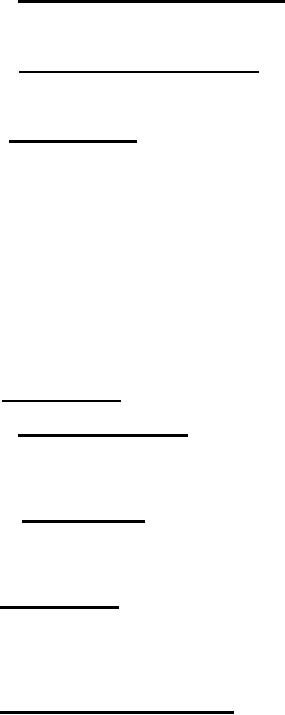 |
|||
|
|
|||
| ||||||||||
|
|  MIL-I-19028E(OS)
to the "High temperature, operating" test of MIL-E-82590 and, while at
the test temperature, shall meet the requirements of 3.4.2.2.
4.5.2.3 Low-temperature, nonoperating. The inverter shall be subjected
to the "Low temperature, nonoperating" test of MIL-E-82590 and thereafter
shall meet the requirements of 3.4.2.3.
4.5.2.4 Low temperature, operating. The inverter shall be subjected
to the "LOW temperature, operating" test of MIL-E-82590 and, while at
the test temperature, shall meet the requirements of 3.4.2.4.
4.5.3 Operating life. Start and adjust the inverter as specified in
4.4.4. Operate the inverter for a total of 199 hours plus or minus 1 hour,
maintaining the stead state input voltage (measured as near the inverter
terminals as possible) at 24 plus or minus 2 volts dc. At the end of
each 85 plus or minus 5 minutes of operation, stop the inverter. The in-
verter may be allowed to cool to ambient temperature before it is again
started and operated as described above. Once during each 10 hours of
operation the voltage and frequency setting may be changed to ensure prop-
er operation during the next 10 hour operating interval. During this test,
no maintenance other than that specified above shall be required. While
the inverter is operating in a steady state condition, performance shall
be within the limits specified in 3.3.l.3.2 and 3.3.1.3,3. At the con-
clusion of this test, the inverter shall pass all the quality conformance
tests of 4.4.
4.5.4 Response time
4.5.4.1 Increasing voltage. Start the inverter as specified in 3.3.1.2.1.
Response time shall be measured using suitable calibrated equipment (such
as an oscillograph in conjunction with a frequency-to-voltage converter)
and shall meet the requirements of 3.3.1.3.8.2.
4.5.4.2 Step-voltage. Start the inverter as specified under the condi-
tions of 3.3.1.2.2. Response time shall be measured with suitable calibrated
equipment (such as an oscillograph in conjunction with a frequency-to-voltage
converter) and shall meet the requirements of 3.3.1.3.8.1.
4.5.5 Over voltage. Apply an open circuit source voltage of 35 plus 2
minus O volts dc to the inverter with 62 plus or minus 2 percent of rated
load connected. Within 30 plus or minus 5 seconds after the inverter is
started, reduce the source voltage to 26 plus or minus 2 volts dc. The
inverter shall then meet the requirements of 3.3.1.3.2 and 3.3.1.3.3.
4.5.6 Load change recovery time. Start the inverter as specified in
3.3.1.2.2.2 and 3.3.1.2.2.4. For each of these starting conditions, switch
the inverter output to a load of 98 plus or minus 2 percent of rated load.
21
|
|
Privacy Statement - Press Release - Copyright Information. - Contact Us |